-
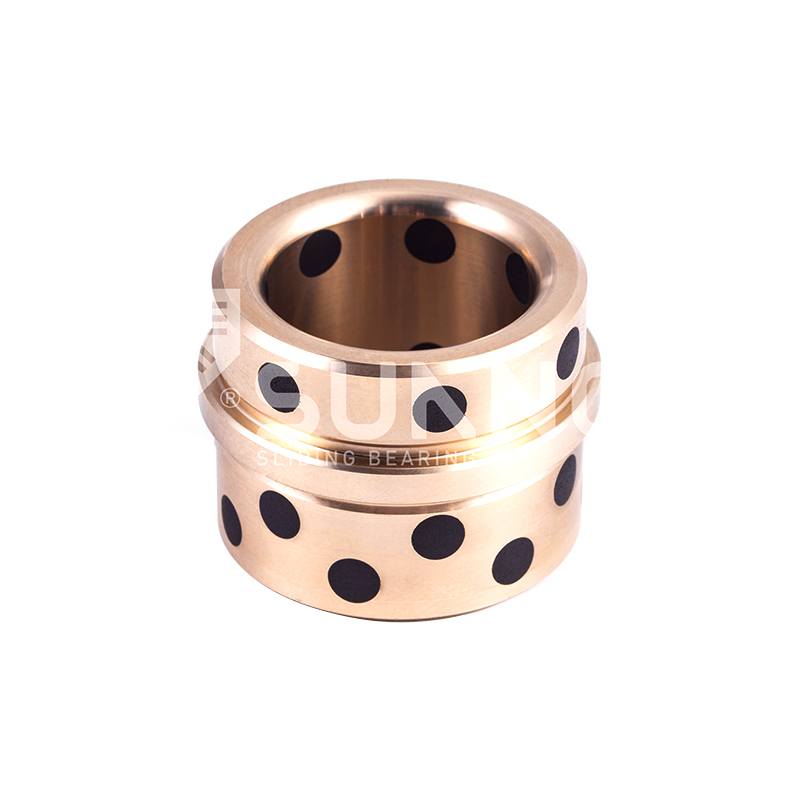 JDB Solid-lubricating Bearing JEGB/JEGBK Oiless Ejector Guide Bushing Oilless Ejector Bearing
JDB Solid-lubricating Bearing JEGB/JEGBK Oiless Ejector Guide Bushing Oilless Ejector Bearing -
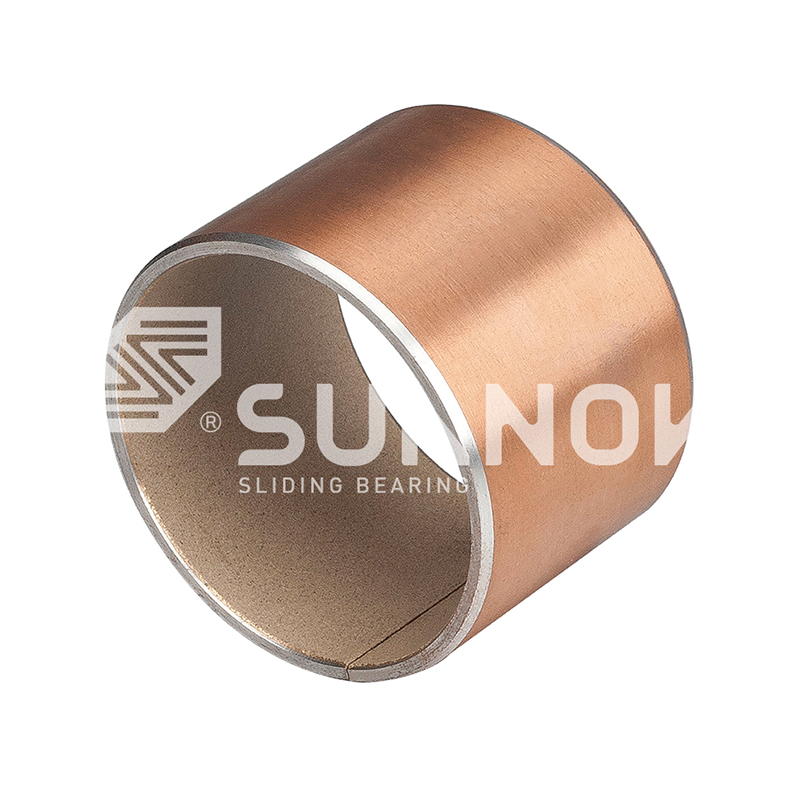 SF-1 Oilless Bearing SF-1P Reciprocating Motion Bronze Self-Lubricating Composite Bearing Bushing
SF-1 Oilless Bearing SF-1P Reciprocating Motion Bronze Self-Lubricating Composite Bearing Bushing -
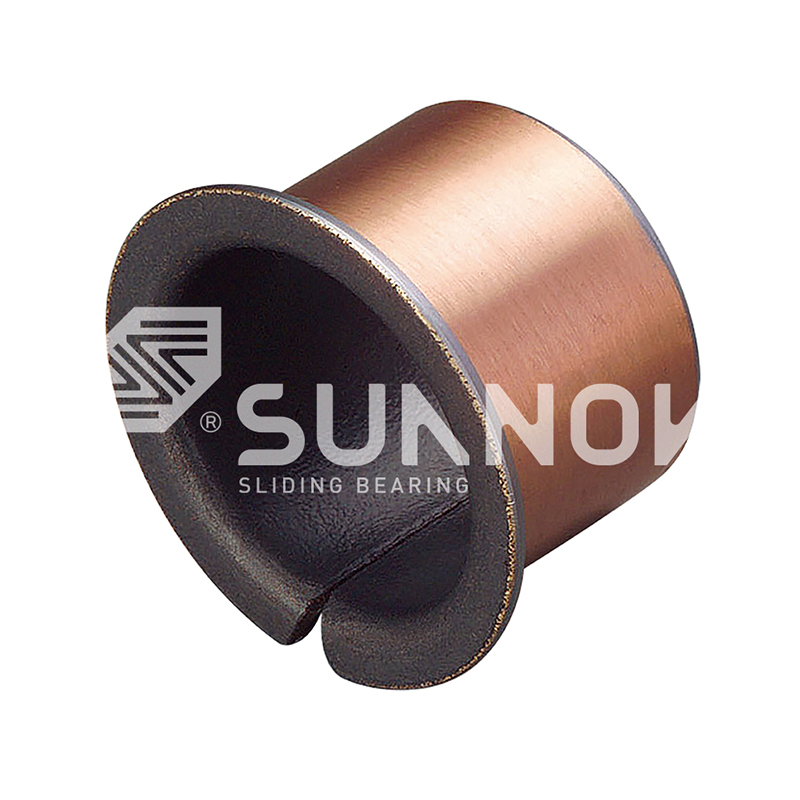
-
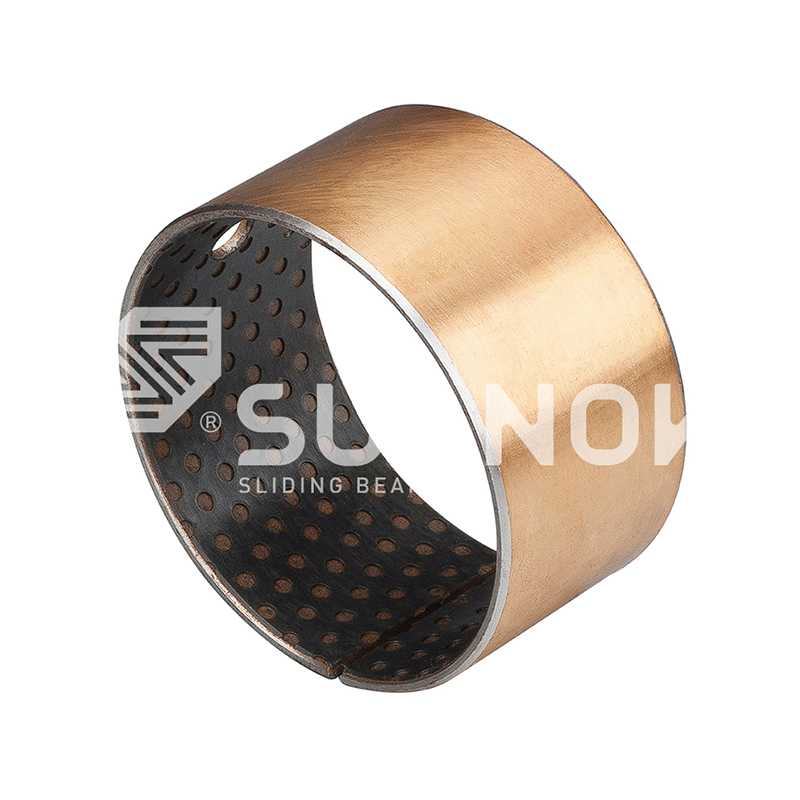 SF-2 Boundary Lubricating Bearing SF-2 Boundary Self-Lubricating Oilless Sliding Bushing Bearing, Lead-Free Boundary Bush
SF-2 Boundary Lubricating Bearing SF-2 Boundary Self-Lubricating Oilless Sliding Bushing Bearing, Lead-Free Boundary Bush -
 SF-2 Boundary Lubricating Bearing SF-2Y Boundary Self-lubricating Bearing - Low Friction Dry Lubricant Bushings for Industrial Machinery
SF-2 Boundary Lubricating Bearing SF-2Y Boundary Self-lubricating Bearing - Low Friction Dry Lubricant Bushings for Industrial Machinery -
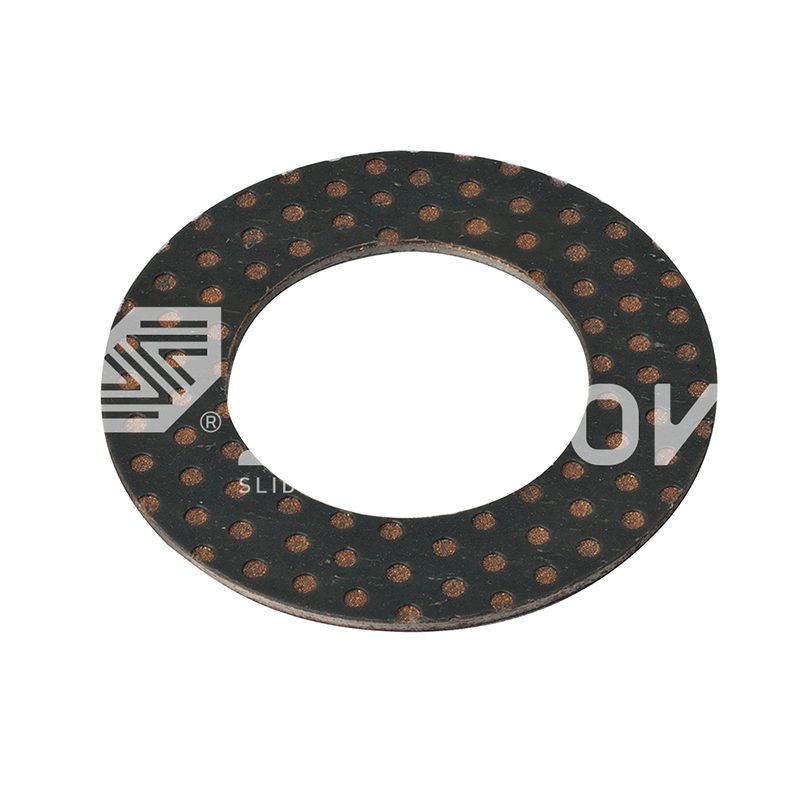 SF-2 Boundary Lubricating Bearing SF-2WC Standard Metric Self-Lubricating Compound Thrust Washer Sliding Washers
SF-2 Boundary Lubricating Bearing SF-2WC Standard Metric Self-Lubricating Compound Thrust Washer Sliding Washers -
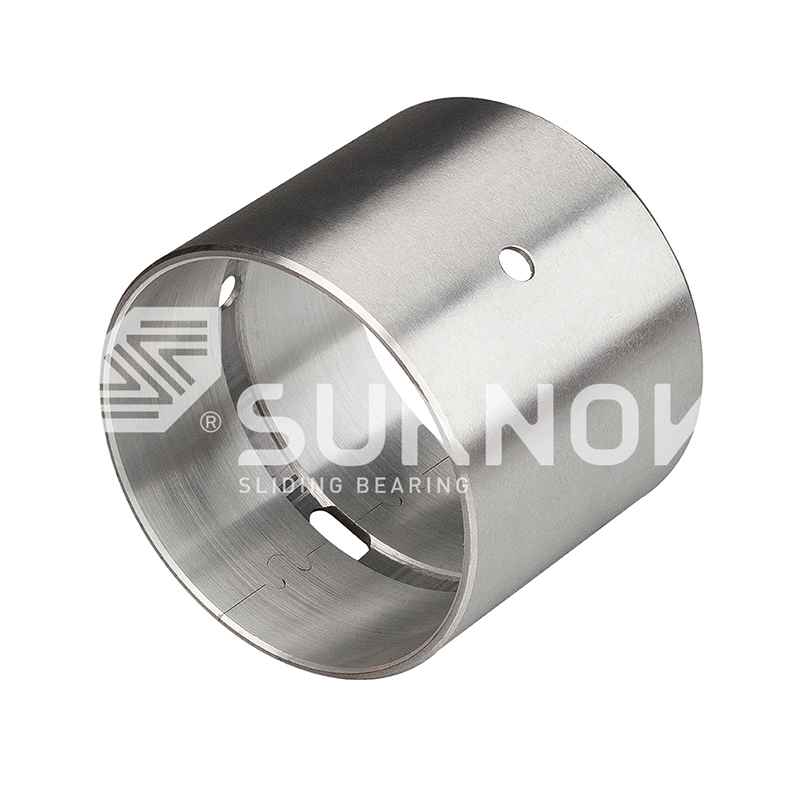 JF-800 Bi-metal Bearing JF-20 High-Performance Aluminum + Carbon Steel Alloy Bearing for Industrial Machinery
JF-800 Bi-metal Bearing JF-20 High-Performance Aluminum + Carbon Steel Alloy Bearing for Industrial Machinery -
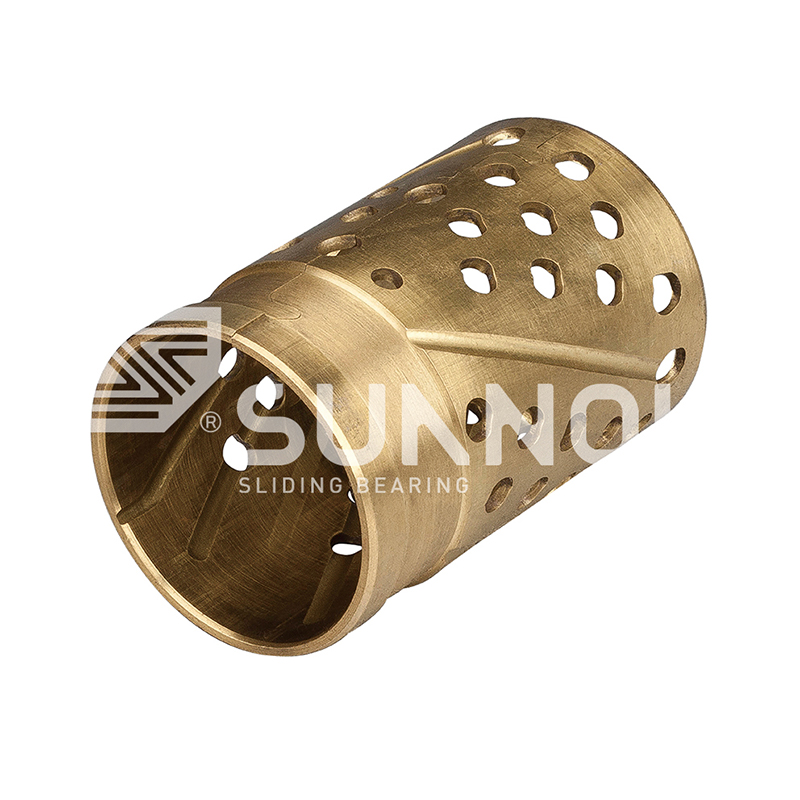 FB090 Bronze Wrapped Bearing FB091 High-Performance Copper Wrapped Bearing & Bushing | Bronze Bush
FB090 Bronze Wrapped Bearing FB091 High-Performance Copper Wrapped Bearing & Bushing | Bronze Bush
Understanding SF-1 Oilless Bearings: Key Features and Applications
Industry News-SF-1 Oilless Bearing vs Bronze Bushings: A Comparative Analysis
When selecting bearings for machinery, the choice between SF-1 oilless bearings and traditional bronze bushings often arises. Understanding their differences helps in making an informed decision.
1. Material Composition and Durability
SF-1 oilless bearings are typically made from a composite material consisting of a steel backing, porous bronze sintered layer, and a PTFE-based surface. This construction provides excellent wear resistance and reduces friction. In contrast, bronze bushings are solid metal components, usually made from alloys like C93200 or C95400, which rely on external lubrication to minimize wear.
While bronze bushings are robust, they require frequent lubrication, whereas SF-1 oilless bearings are designed to operate without additional lubrication due to their self-lubricating properties. This makes them more durable in environments where maintenance is challenging.
SF-1P Reciprocating Motion Bronze Self-Lubricating Composite Bearing Bushing
2. Friction and Wear Resistance
The PTFE layer in SF-1 oilless bearings significantly reduces friction, making them ideal for high-speed applications. Bronze bushings, on the other hand, exhibit higher friction coefficients, especially if lubrication is inadequate.
Below is a comparison of friction coefficients:
| Property | SF-1 Oilless Bearing | Bronze Bushing |
|---|---|---|
| Friction Coefficient (Dry) | 0.05 - 0.15 | 0.20 - 0.40 |
| Wear Rate | Low | Moderate to High |
3. Maintenance and Lifespan
SF-1 oilless bearings require minimal maintenance, whereas bronze bushings need regular lubrication to prevent premature failure. In dusty or high-temperature environments, bronze bushings may fail faster due to lubricant degradation.
SF-1 Oilless Bearing Temperature Range and Performance
1. Optimal Operating Temperatures
The SF-1 oilless bearing temperature range typically spans from -40°C to +250°C, making them suitable for both extreme cold and moderate heat. Their PTFE layer remains stable across this range, ensuring consistent performance.
2. Effects of High and Low Temperatures
At high temperatures, traditional lubricants in bronze bushings can evaporate or degrade, leading to increased friction. SF-1 oilless bearings, however, maintain their lubricity due to the embedded solid lubricants.
3. Thermal Expansion Considerations
Thermal expansion is minimal in SF-1 oilless bearings due to their composite structure, whereas bronze bushings may expand more, affecting fit and performance.
SF-1 Oilless Bearing Load Capacity Explained
1. Static vs Dynamic Load Ratings
The SF-1 oilless bearing load capacity is impressive, with static load ratings up to 250 MPa and dynamic load ratings around 140 MPa. This makes them suitable for heavy-duty applications.
2. Factors Affecting Load Capacity
Load capacity depends on alignment, speed, and temperature. Misalignment can reduce lifespan, while proper installation maximizes performance.
3. Comparing Load Handling with Other Bearings
Compared to plastic bearings, SF-1 oilless bearings handle higher loads, but they may not match the extreme load capacity of some hydrostatic bearings.
SF-1 Oilless Bearing Lubrication Requirements
1. Self-Lubricating Mechanism
The SF-1 oilless bearing lubrication requirements are minimal due to the PTFE and lead-infused surface, which provides continuous lubrication.
2. When Additional Lubrication Might Be Needed
In extremely high-load or high-speed scenarios, supplemental lubrication may extend lifespan, though it's rarely necessary.
3. Environmental Impact of Lubrication-Free Design
Eliminating oil or grease reduces contamination risks, making SF-1 oilless bearings eco-friendly.
SF-1 Oilless Bearing Applications in Industrial Machinery
1. Common Industrial Use Cases
These bearings excel in conveyor systems, packaging machines, and agricultural equipment due to their durability and low maintenance.
2. Advantages Over Traditional Bearings in Heavy Machinery
Unlike lubricated bearings, SF-1 oilless bearings won't fail due to lubricant starvation, making them ideal for remote or harsh environments.
3. Future Trends in Oilless Bearing Adoption
As industries move toward maintenance-free solutions, SF-1 oilless bearings are becoming a preferred choice for reliability and cost-efficiency.

